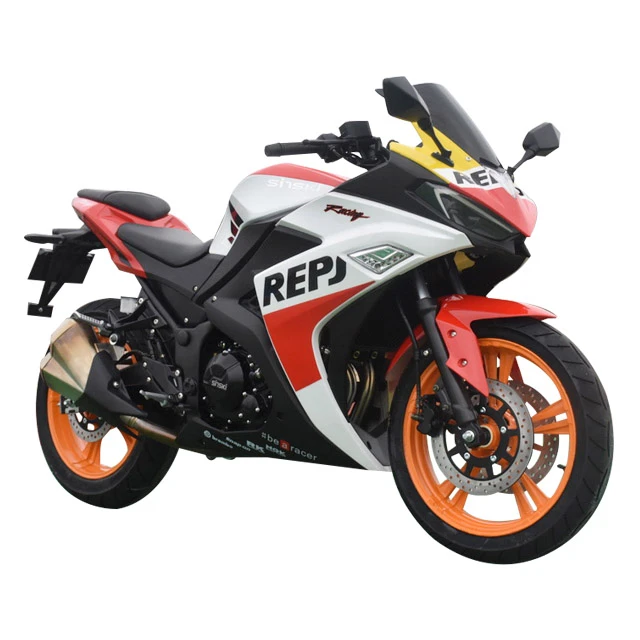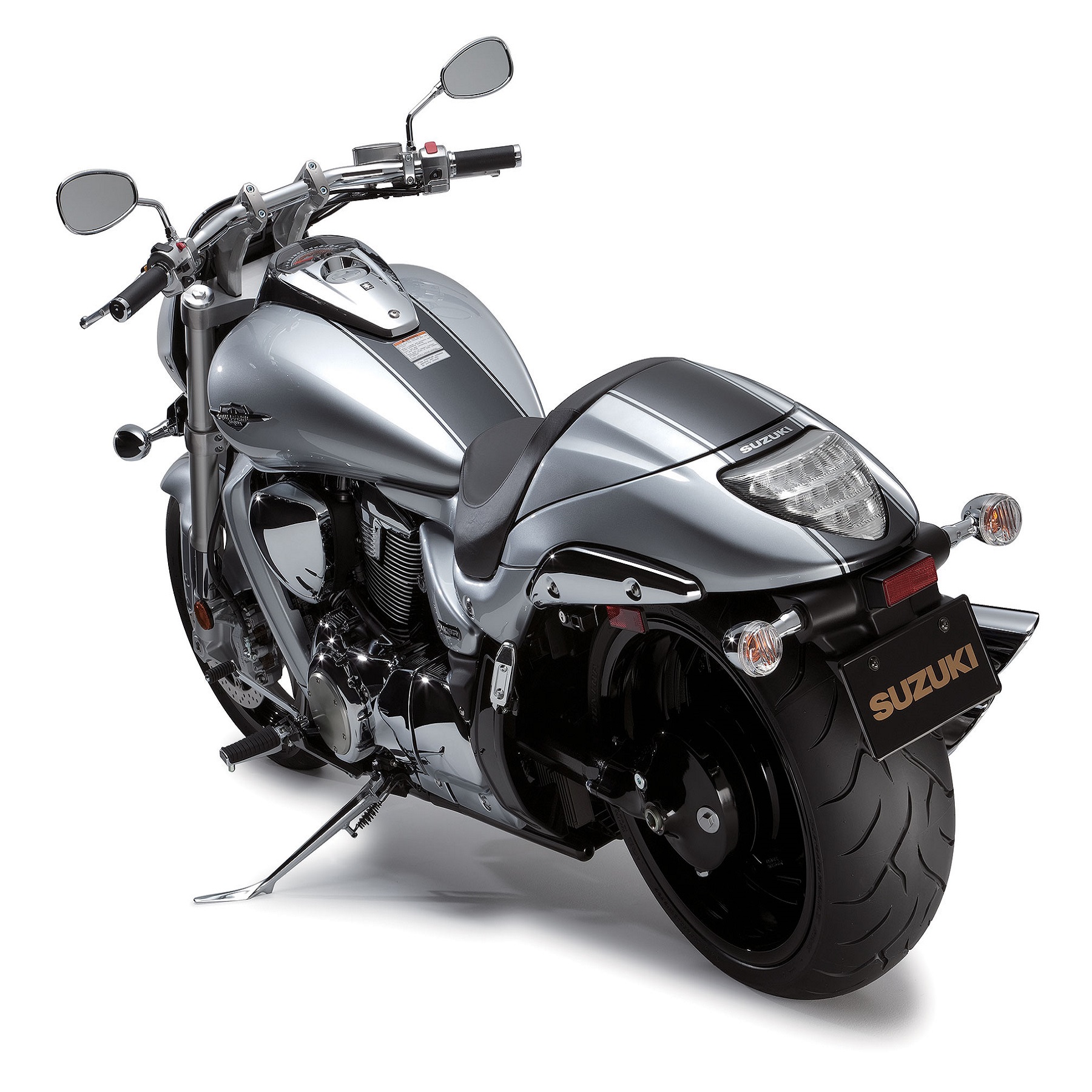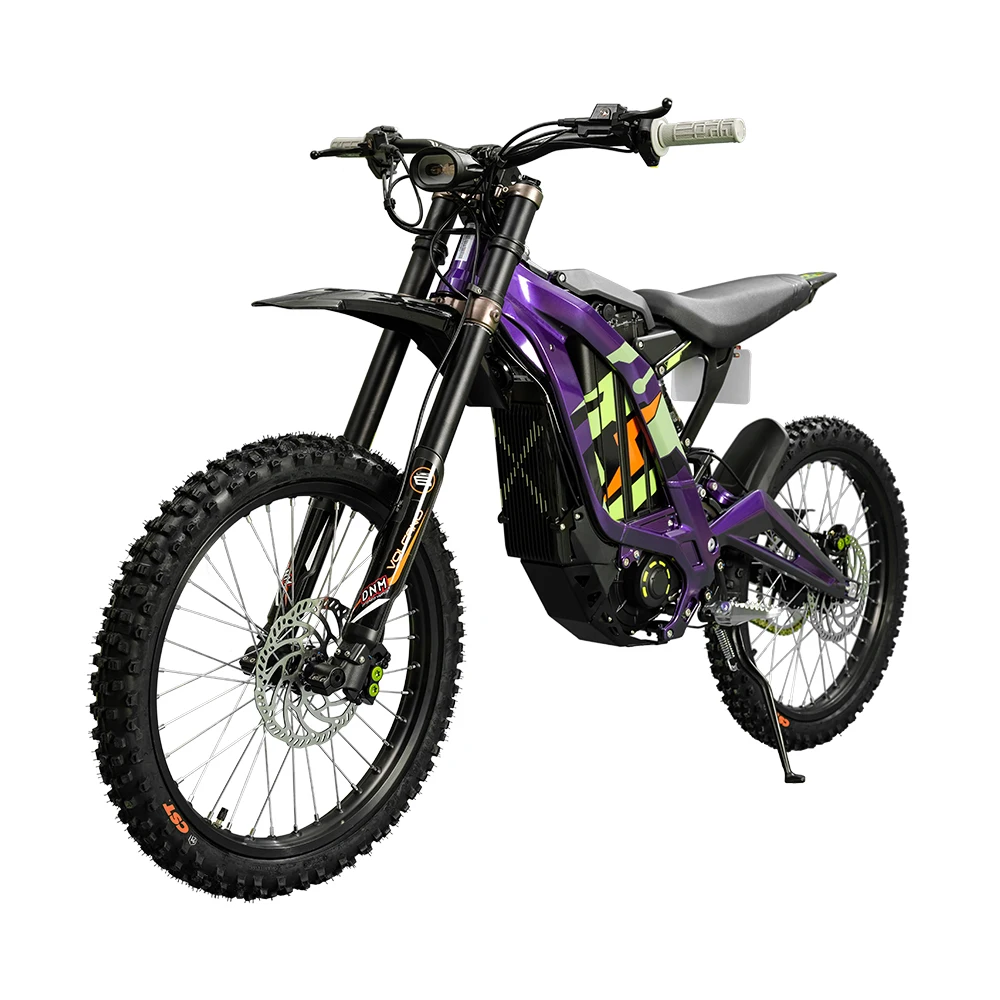When it comes to entry-level motorcycles, riders often seek options that provide a perfect blend of performance, comfort, and aesthetics. Among the popular choices, 300cc motorcycles stand out as the ideal blend of power and maneuverability. In this article, we will dive deep into what makes a motorcycle the best in the 300cc category, exploring various models, features, riding experiences, and other considerations that can help you make an informed decision.
Understanding the 300cc Segment
Before we delve into specific models, it’s crucial to understand the significance of the 300cc segment in the motorcycle market. The 300cc category caters to both novice riders and those who seek a lightweight yet capable motorcycle. These bikes exemplify a good balance between power and agility, making them suitable for commuting, weekend rides, and even sporty outings.
Benefits of Riding a 300cc Motorcycle
- Ease of Handling: The lightweight design of most 300cc bikes provides excellent maneuverability. This makes them especially appealing for beginner riders who may be intimidated by heavier motorcycles.
- Fuel Efficiency: A smaller engine generally translates to better fuel economy, allowing riders to save on fuel costs while enjoying longer rides without frequent stops.
- Affordability: Generally speaking, 300cc motorcycles come with a lower price tag than their larger counterparts, making them accessible to a broader audience.
- Versatility: These motorcycles are suitable for various riding conditions, from city commuting to back-road adventures.
- Insurance Costs: Generally, insurance premiums for 300cc motorcycles tend to be lower compared to bigger bikes, further lowering the overall cost of ownership.
Top Contenders for the Best 300cc Motorcycle
While there are several models available in the market, a few consistently stand out due to their performance, aesthetics, and rider feedback. Here, we’ll take a closer look at some of the best 300cc motorcycles.
1. KTM RC 390
Design and Aesthetics
The KTM RC 390 is a striking machine that embodies sharp and aggressive styling. Its sporty stance and aerodynamic design make it a standout in the 300cc category.
Performance
Equipped with a 373cc single-cylinder engine producing around 43 horsepower, the RC 390 provides exhilarating acceleration. The bike’s lightweight frame contributes to outstanding handling characteristics, making it an excellent choice for sport riders.
Technology and Features
One notable feature is the TFT display which offers advanced connectivity options. The RC 390 also incorporates ride-by-wire technology and multiple driving modes, enhancing the overall riding experience.
2. Kawasaki Ninja 300
Design and Aesthetics
Kawasaki is renowned for producing stunning sportbikes, and the Ninja 300 is no exception. Its sleek lines and aggressive styling mirror larger models in Kawasaki’s lineup.
Performance
Powered by a 296cc parallel-twin engine, the Ninja 300 produces approximately 39 horsepower. This power allows it to attain competitive speeds while maintaining excellent stability and handling, especially during cornering.
Comfort and Riding Experience
Rider comfort is also a highlight, with a well-padded seat and sports-oriented riding position. Whether commuting or cruising, the Ninja 300 excels in providing a comfortable riding experience.
3. Honda CBR300R
Design and Aesthetics
The Honda CBR300R features a sporty yet approachable design. Its fairing and bodywork are well put together, embodying Honda’s attention to detail.
Performance
The CBR300R is powered by a 286cc single-cylinder engine capable of producing 30 horsepower. Though less powerful than some rivals, its lightweight design ensures nimble handling and responsiveness.
Practicality
What sets the CBR300R apart is its practicality. The bike is built for everyday use, with a relatively comfortable seat height and a riding position that is not overly aggressive.
4. Yamaha YZF-R3
Design and Aesthetics
The Yamaha YZF-R3 boasts a modern aesthetic with sharp lines and an aggressive riding stance. This design philosophy has made it a favorite among younger riders and those interested in performance.
Performance
Equipped with a 321cc twin-cylinder engine, it produces an impressive 42 horsepower. This combination offers swift acceleration and top-tier cornering capabilities.
Technology and Features
The R3 comes with advanced features such as a slipper clutch, enhancing engine performance while reducing the likelihood of rear wheel lock-up during aggressive downshifting.
5. KTM390 Duke
Design and Aesthetics
The KTM 390 Duke has a more naked bike design compared to the RC 390. Its muscular appearance sets it apart, appealing to riders who prefer a robust look.
Performance
With a similar engine to that of the RC 390, the 390 Duke also produces 43 horsepower. The upright riding position makes it suitable for urban commuting while still being enjoyable for spirited rides on twisty roads.
Technology and Features
A noteworthy aspect of the 390 Duke is its comprehensive digital display and connectivity features, showcasing KTM’s commitment to modern advancements in motorcycle technology.
6. Honda CB300R
Design and Aesthetics
The Honda CB300R features a neo-sports café design, combining retro and modern styling. The lightweight frame and minimalist approach make it eye-catching.
Performance
With a 286cc engine and 30 horsepower, this bike delivers a smooth ride. Its agile performance makes it ideal for city riding while still being capable of longer trips.
Comfort and Versatility
The CB300R provides a comfortable seating position and is easy to handle, making it suitable for both new and experienced riders.
Important Features to Consider
When selecting the best 300cc motorcycle for your needs, consider the following features:
Engine Performance
The engine’s displacement, configuration, and power output play crucial roles in determining the motorcycle’s riding experience. A higher power output typically enhances acceleration and top speed.
Ergonomics
Rider comfort can significantly impact your overall experience. Pay attention to seat height, handlebar placement, and footpeg positioning.
Technology
Modern motorcycles often come equipped with features like traction control, ride modes, and Bluetooth connectivity. These elements can enhance performance and safety but also increase complexity.
Suspension and Brakes
A quality suspension setup and dependable braking systems are essential for safety and performance. Look for bikes that feature adjustable suspension components or reputable brake brands.
Appearance
While not a performance factor, aesthetics can influence your decision. Consider design elements that resonate with your style and preferences.
Maintenance and Ownership Costs
Another vital aspect to consider when choosing a motorcycle is its long-term maintenance and ownership costs. Generally, 300cc motorcycles tend to have lower maintenance costs compared to larger bikes. However, factors like brand reputation, availability of parts, and service locations can affect costs.
Additionally, consider expenses such as insurance, fuel, and tires. Typically, 300cc motorcycles are less expensive to insure and provide better fuel economy, making them an economical choice.
Community and Support
As a motorcycle owner, being part of a community can enhance your experience. Whether through online forums or local clubs, connecting with fellow riders provides a wealth of knowledge and camaraderie. Brands like Honda and Kawasaki usually have extensive support networks, which can be beneficial for new riders.
 Riding Considerations for 300cc Motorcycles
Riding Considerations for 300cc Motorcycles
While 300cc motorcycles are generally suited for a variety of skill levels, it’s essential to be aware of the riding dynamics involved. Here are a few considerations to keep in mind:
Skill Level
300cc bikes are often viewed as entry-level motorcycles. However, even experienced riders can enjoy the spirited nature and nimble handling of these machines.
Riding Environment
Your choice of motorcycle may depend on your typical riding environment. For urban commuting, a lightweight and nimble bike like the KTM 390 Duke may be ideal, while sporty rides might suit the Yamaha YZF-R3.
Riding Styles
Different motorcycles cater to various riding styles, from sporty to leisurely. Identify how you intend to ride so that you can select a motorcycle that aligns with your preferences.
Conclusion: The Best 300cc Motorcycle
When it comes to finding the best 300cc motorcycle, the options are plentiful, each with its unique features and advantages. Whether you prioritize performance, comfort, or aesthetics, there’s likely a model that suits your desires. From the aggressive KTM RC 390 and the versatile Kawasaki Ninja 300 to the balanced Honda CBR300R and the stylish Yamaha YZF-R3, the choices are as diverse as the riders themselves.
In conclusion, the best 300cc motorcycle is one that aligns with your riding style, experience level, and aesthetic preferences. As you embark on your riding journey, consider these models—each offers a thrilling experience, adequate power, and the potential for countless adventures on two wheels. So, make an informed choice, enjoy the ride, and embrace the freedom that comes with being a rider!





 Essential Maintenance Tips for Hurricane Motorcycle Owners
Essential Maintenance Tips for Hurricane Motorcycle Owners

 The Importance of Accessories
The Importance of Accessories



 Frequently Asked Questions
Frequently Asked Questions

 Preparing for Your Adventure
Preparing for Your Adventure

 Supporting Local Wildlife
Supporting Local Wildlife

 Tips for New Riders
Tips for New Riders

 Tips for Safe Riding
Tips for Safe Riding

 Rider Testimonials
Rider Testimonials

 The Allure of the Open Road
The Allure of the Open Road